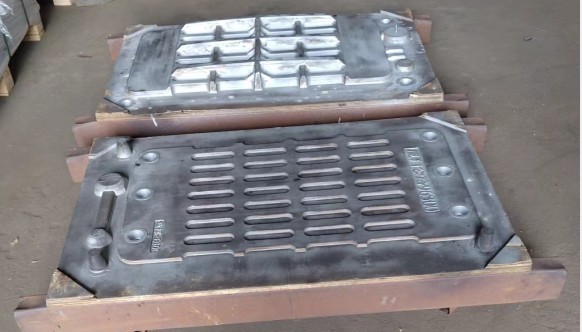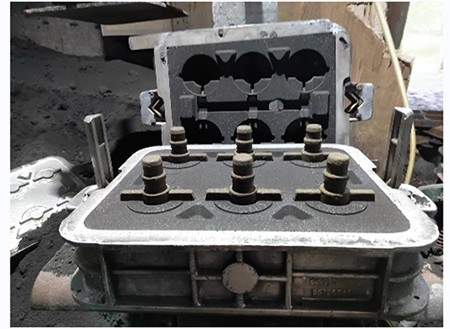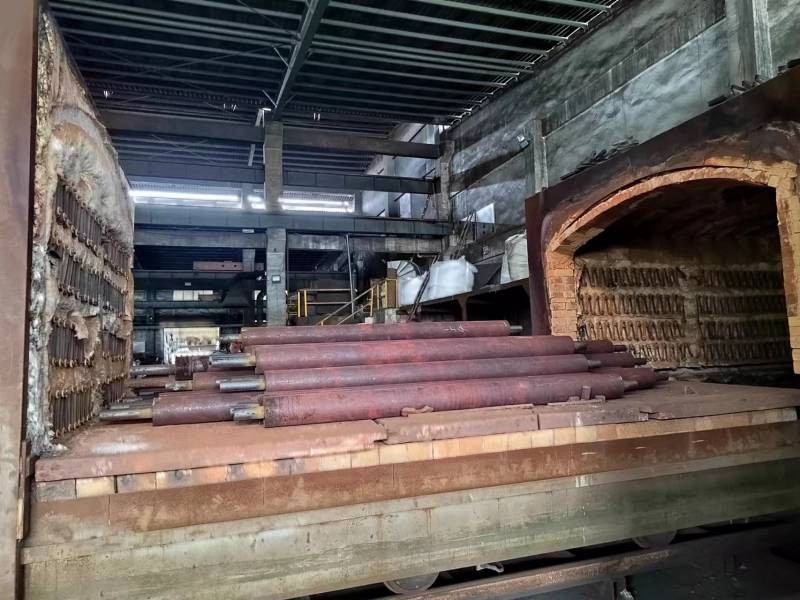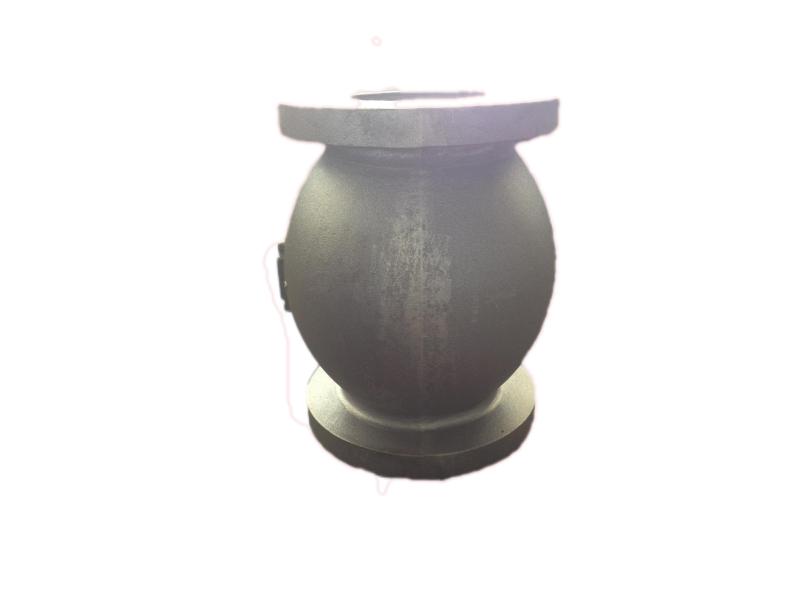金属 铸件 流程可以创建从微小紧固件到大型工业部件的任何东西,所有这些都通过五个步骤进行。它是通过创建模型和制作模具、熔化和转移金属以及对铸件进行精加工、清洁、抛光和检查来实现的。虽然金属铸造是一种简单的做法,但它需要专门的技能和技术来完善。
在恒昌铸造厂,我们拥有为重型设备和运输等不同行业制造各种尺寸物体的掌握和技术。无论您需要的零件有多复杂,我们的专业团队都可以生产定制铸件,为您的应用提供独特的零件。
金属铸造工艺是怎样的?继续阅读以了解有关金属铸造的知识以及我们的金属铸造服务如何运作。
1. 制作图案
当谈论一种模式时,我们并不是指您在一张纸上描绘的模式。相反,金属铸造厂将图案称为他们正在铸造的物体的复制品。这种图案有助于形成模具型腔,模具型腔可以由木材、塑料、铝和许多其他合适的材料制成。制作模型是至关重要的第一步,因为模具的精度决定了最终产品的精度。
制作精确图案的四个步骤包括:
- 塑造模具型腔
- 调整金属铸件的性能
- 参考准确尺寸
- 为液态金属进入模具创造一种方式
根据倒入每个模具中的材料类型,最终的固体产品会发生一定程度的变形。例如,与模具的原始尺寸相比,它可能会缩小。这就是为什么每种模式都允许进行轻微更改的原因。此外,模型需要草稿或垂直锥形墙,专业人员可以在不篡改成型产品的情况下提取模型。

2. 制作模具
现在是时候创建模具了,它是一个空心形状,将在稍后的过程中形成金属。有些模具是消耗性的,而另一些则是非消耗性的。
一次性模具意味着您无法再次使用它。在这种情况下,沙子、石膏泡沫或塑料等材料构成了模具,但它们在铸造过程中会被破坏。或者,您可以无限期地使用非消耗性模具,因为它们通常由铝制成。
消耗性和非消耗性模具都可以支持不同的图案复杂性和材料。
3. 熔化和转移金属
虽然我们使用多种材料进行金属铸造,但它们都属于两类之一:黑色金属和有色金属。金属铸造中使用的金属可包括铁、锌、铝、锡、铜、铅合金等。黑色金属包含可锻铸铁或钢,而有色金属则包含不可锻金属,例如铜、镍或铝。
选择合适的金属类型后,我们将其装入熔炉中,温度升高直至达到材料的熔点。在华纳兄弟铸造公司,我们在金属铸造过程中使用煤气炉,尽管还有其他两种常见的金属铸造炉类型——电弧炉和感应炉。
使用电炉是我们金属铸造的首选方法,因为它燃烧干净、高效。电炉还允许我们在不使用大量电力的情况下将金属加热到必要的温度。电炉对我们的工艺来说更加高效,这可以降低我们的成本,并允许我们为您提供更低的价格。
一旦材料熔化,它就会在到达模具之前被转移到一个大钢包中。工人或机器通过浇口和冒口或模具中的开口将液体材料倒入模具中。一旦成型、凝固和冷却,我们将铸件从模具中弹出,从浇口和骑手系统中去除多余的金属,然后再进入流程的下一步。
了解金属铸造需要多长时间取决于材料——有些材料可能会在几分钟内冷却,有些则需要几天的时间。
4. 各部分的精加工和清洁
此阶段包括进行最后的润色和清洁每个单独的部件。在恒昌铸造公司,我们进去去除多余的金属零件,然后开始清洁过程,使用不同的工具清除颗粒和污垢。最终产品的比例和形状与第一步中使用的原始图案相同。
此外,某些产品可能需要热处理,例如 轨夹, 液压缸、缓冲器。该过程通过加热和冷却技术改变材料的特性,使金属变得更有弹性。这些处理非常适合承受极端重量、潮湿环境或冰冻温度的应用。
5. 铸件检查
金属铸造过程以检查结束,以确保一切都完整并符合我们的标准。在最后阶段,我们检查零件的物理结构和完整性,以确保其能够承受并执行预期的工作。
有破坏性和非破坏性测试方法,具体取决于铸件的规格。特别是,目视检查包括寻找裂纹、精度和表面光洁度,以及更深入的测试检查拉伸强度、硬度和延展性等部件。
无论哪个行业,我们都会检查从拖车挂钩和工业设备到小型汽车零件的一切。最终,您将拥有一个适合您独特需求和操作的耐用组件。












 IPv6 网络支持
IPv6 网络支持
